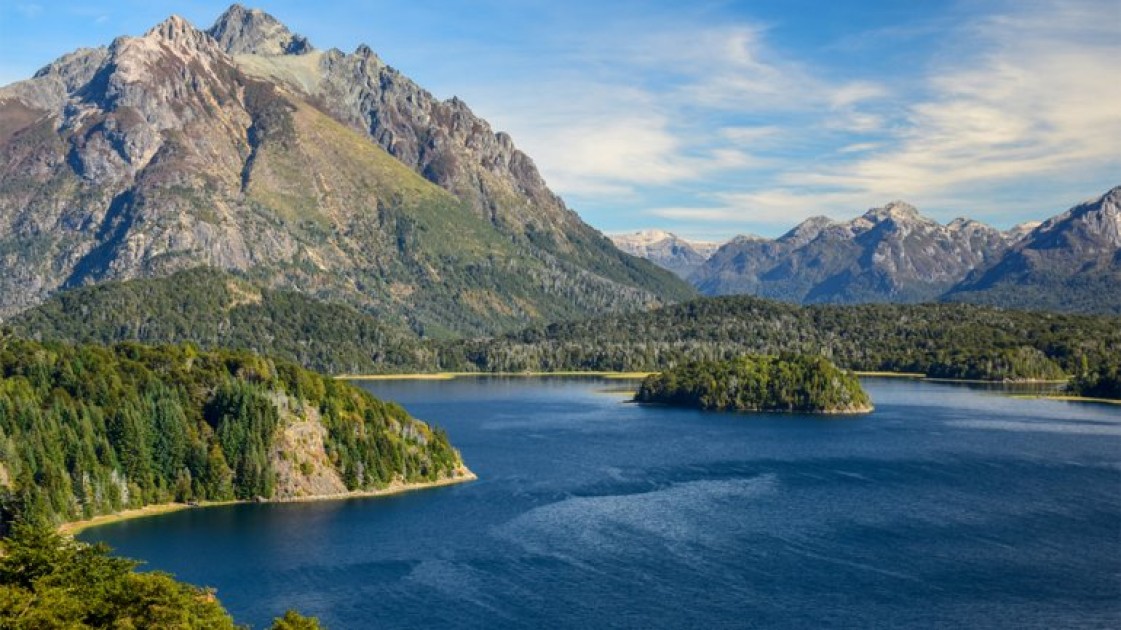Argentina ban installation of salmon industry in National Parks
- Inicio
- Acuicultura
- Argentina ban installation of salmon industry in National Parks
- Argentina issued a resolution that prohibits the operation of fish farms in salmonids and commercial aquaculture, in all the National Parks of this South American country, because the salmon industry and other exotic aquaculture species generate «changes in the conditions of the environments inside and outside the protected areas, significantly undermining the conservation of ecological systems and their species for which they were primarily created.»
- Centro Ecoceanos is calling on citizen and consumers organizations of Chile, Argentina, Canada, Norway and Scotland to join forces to strengthen the actions to boycott the consumption of «Chilean Chemical Salmon» to eliminate this polluting and destructive industry from all the Chilean Patagonia coastal areas.”
Buenos Aires, August 17, 2021. (Ecoceanos News / radiodelmar.cl) – As a way to protect the coastal ecosystems of rivers, lakes and the sea, Argentina issued this week (08.11.2021) a resolution that prohibits the operation of fish farms in salmonids and commercial aquaculture, in all the National Parks of this South American country.
«Guidelines for the Implementation of Salmonid Fish Farms in Jurisdiction of the National Parks Administration» and Board Resolution No. 203/2016 that approved the Regulations for Environmental Impact Assessment where Annex IV includes the projects of » Commercial Aquaculture »
According to Resolution 367/2021 of the bulletin of the Republic of Argentina published in Buenos Aires, «commercial Aquaculture activity in any of its forms is prohibited within the Protected Areas under the jurisdiction of the National Parks Administration».
The official report states that «although the possibilities of aquaculture development in Argentina may be based on the cultivation of native species, mainly the antecedents and world experience indicate that it is being developed on exotic fish species such as salmonids, tilapia, carpa and several ornamental species of Asian origin «.
The legal document indicates that «aquaculture in general induces a series of changes in the ecosystem where it develops or from where water is extracted and released for cultivation, which in turn require other environmental services to be partially assimilated or recycled.»
Administration of National Parks of Argentina: Commercial salmon industry undermining the conservation of ecological systems
Among other negative effects of aquaculture activities – says the resolution of the Administration of National Parks of Argentina – are the «accumulation of organic matter in the water column and sediment due to food remains and waste products of the organisms that they rapidly increase the concentrations of nutrients – organic matter, phosphorus and nitrogen – and deteriorate the quality of the water «.
This causes «changes in the conditions of the environments inside and outside the protected areas, significantly undermining the conservation of ecological systems and their species for which they were primarily created.»
The Argentine Administration declares that «installation of an aquaculture production center requires industrial infrastructure (cage rafts, floating lines, tanks on land, cooling and pumping systems, etc.), and the development of activities and / or complementary works that present various environmental impacts that negatively affect ecosystems and native species «.
Based on the protection of ecosystems and their species, «the small-scale rearing of aquatic species carried out by the National Parks Administration or under its supervision will be allowed only when it is strictly necessary for repopulation or controlled reproduction of native species in danger».
This decision renders «without effect the Resolution of the President of the Board of Directors No. 358/1990 that approved a basic series of Guidelines for the Implementation of Salmonid Fish Farms in Jurisdiction of the National Parks Administration.
And it definitely prohibits «commercial Aquaculture activity in any of its forms within the Protected Areas under the jurisdiction of the National Parks Administration»
Ecocéanos: Unite and fight to eliminate the polluting salmon farming industry from all South American Patagonia
The recent prohibition of the Tierra del Fuego legislature for the salmon industry to establish itself in the Argentine side of bi-national Beagle Channel (Onashaga in Yagán), plus the current resolution that prohibits the operation of commercial fish farms in salmonids in all the National Parks of this South American country, constitutes according Juan Carlos Cárdenas, executive director of Centro Ecocéanos “a great strategic defeat for the interests of the mega salmon farming industry in general, and Norwegians companies in particular, in their assault on South American Patagonia”.
Centro Ecoceanos is calling on citizen and consumers organizations of Chile, Argentina, Canada, Norway and Scotland to join forces to strengthen the actions to boycott the consumption of «Chilean Chemical Salmon» to eliminate this polluting and destructive industry from all the Chilean Patagonia coastal areas.”.-





